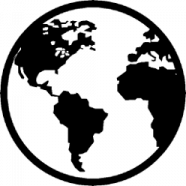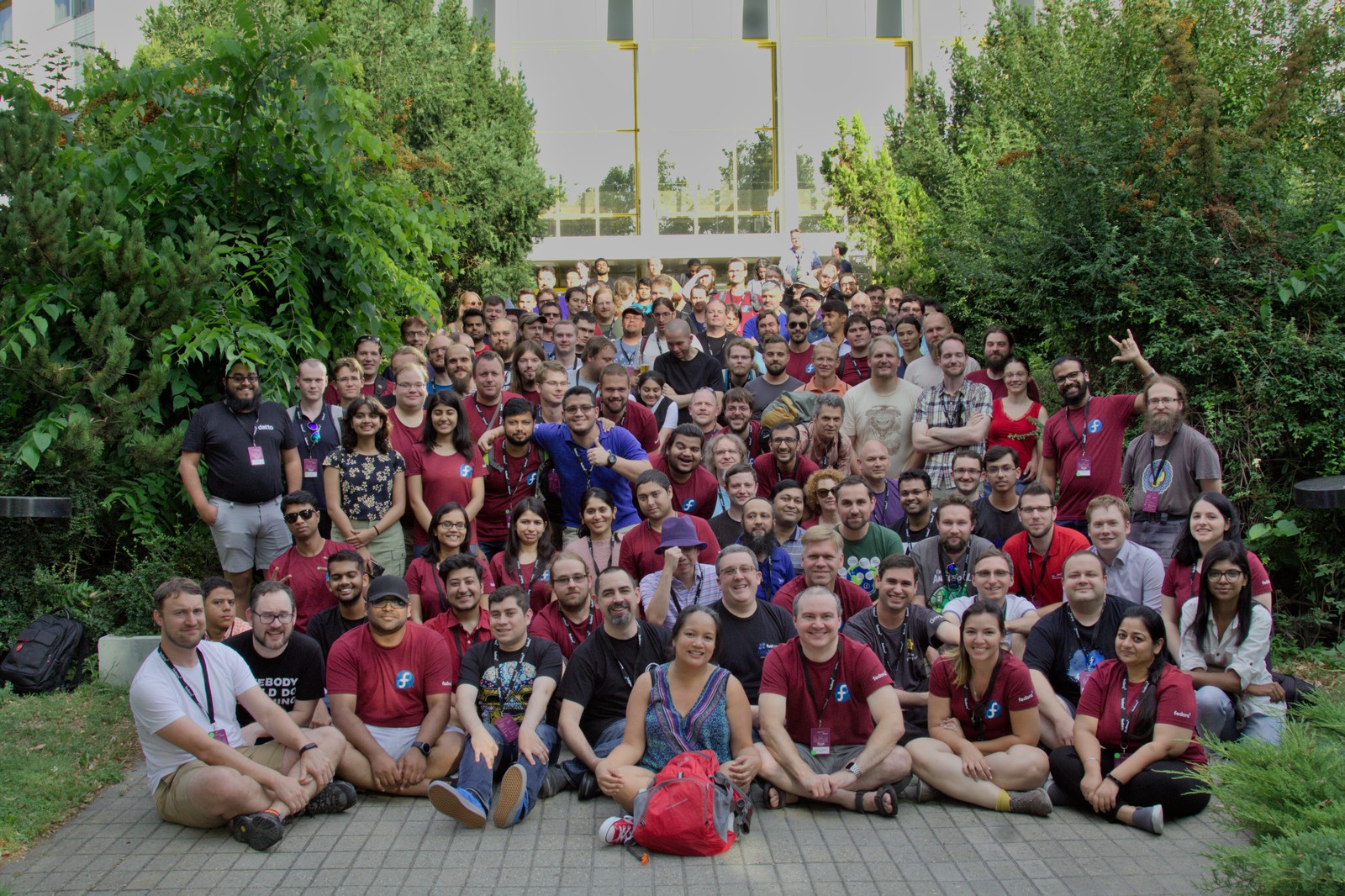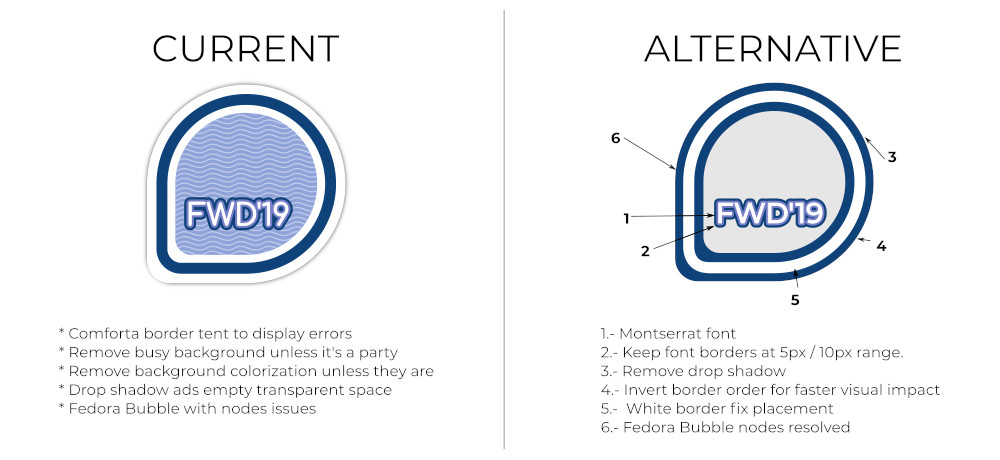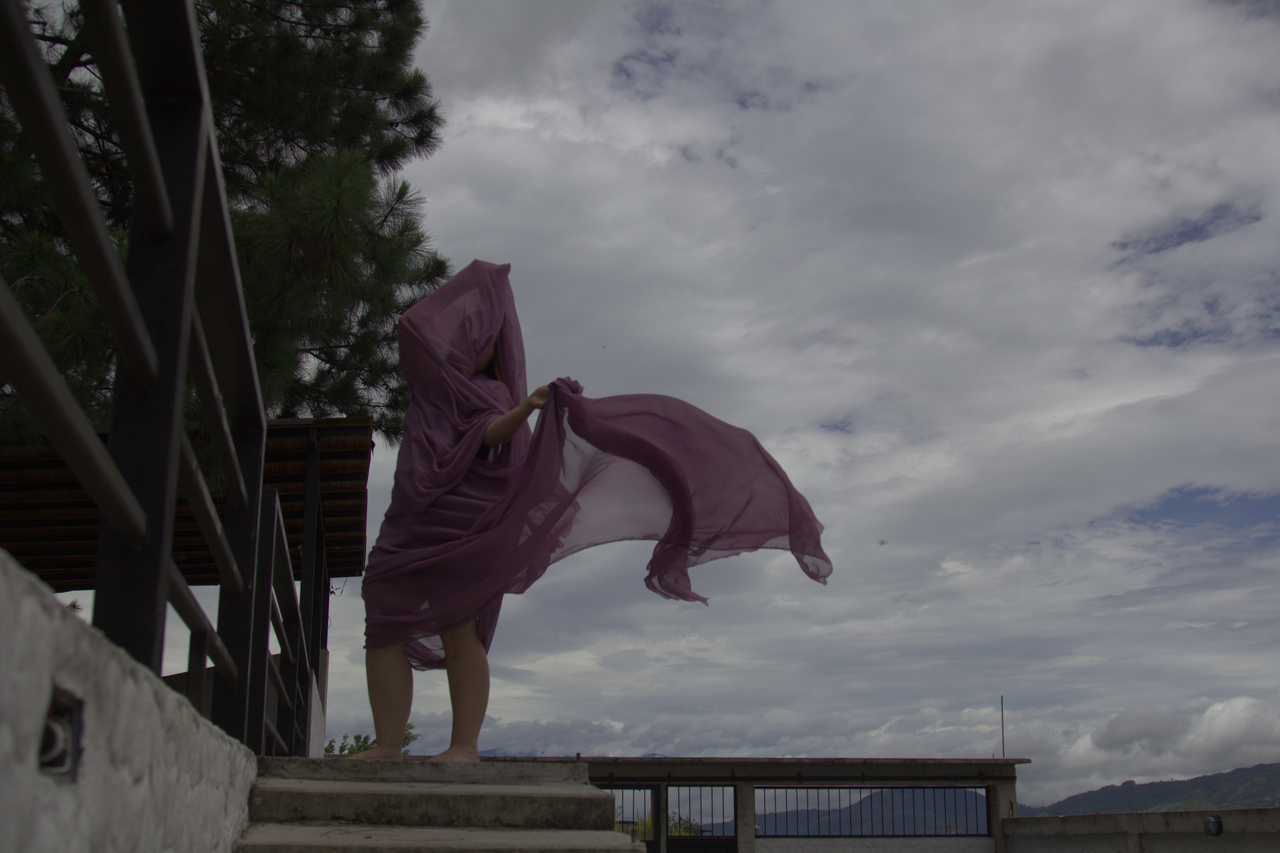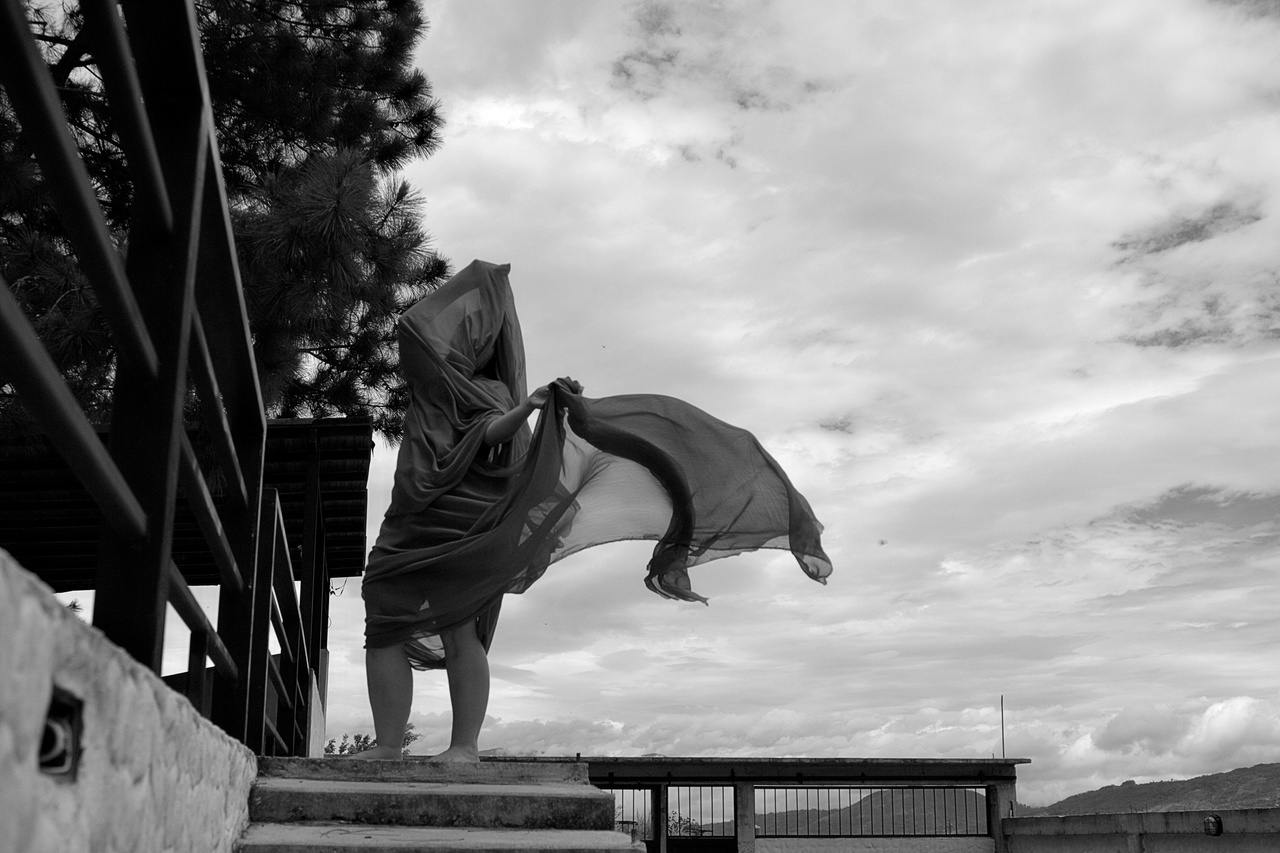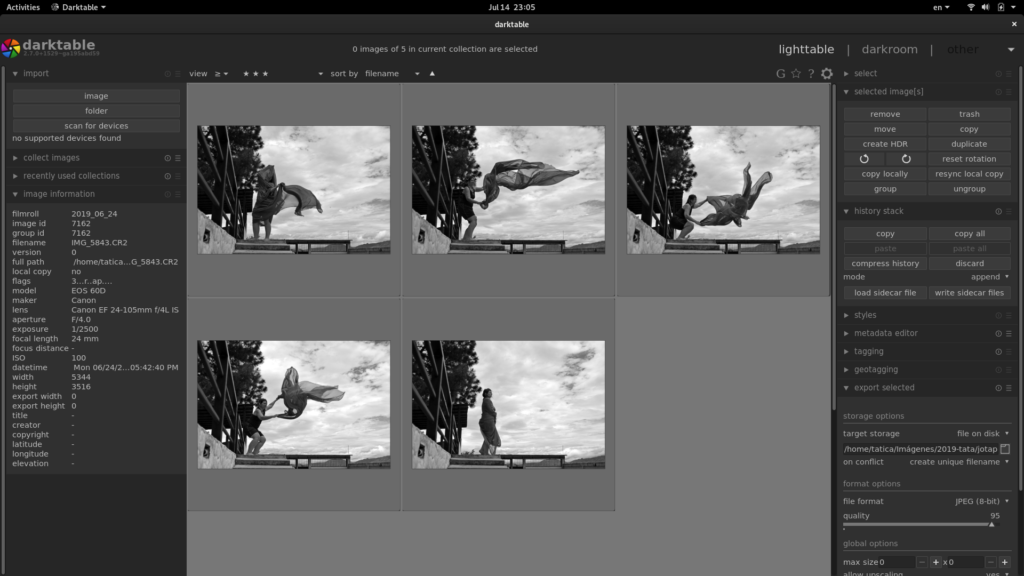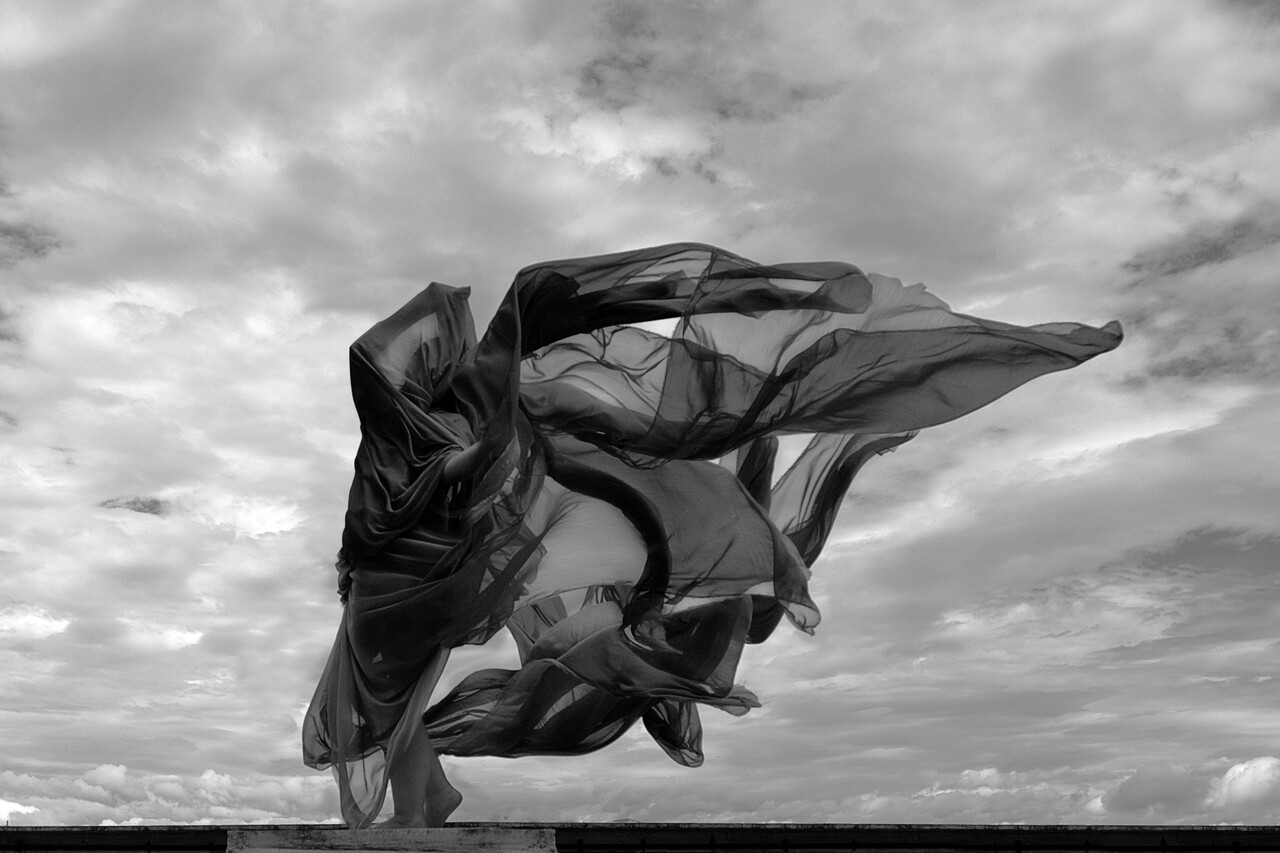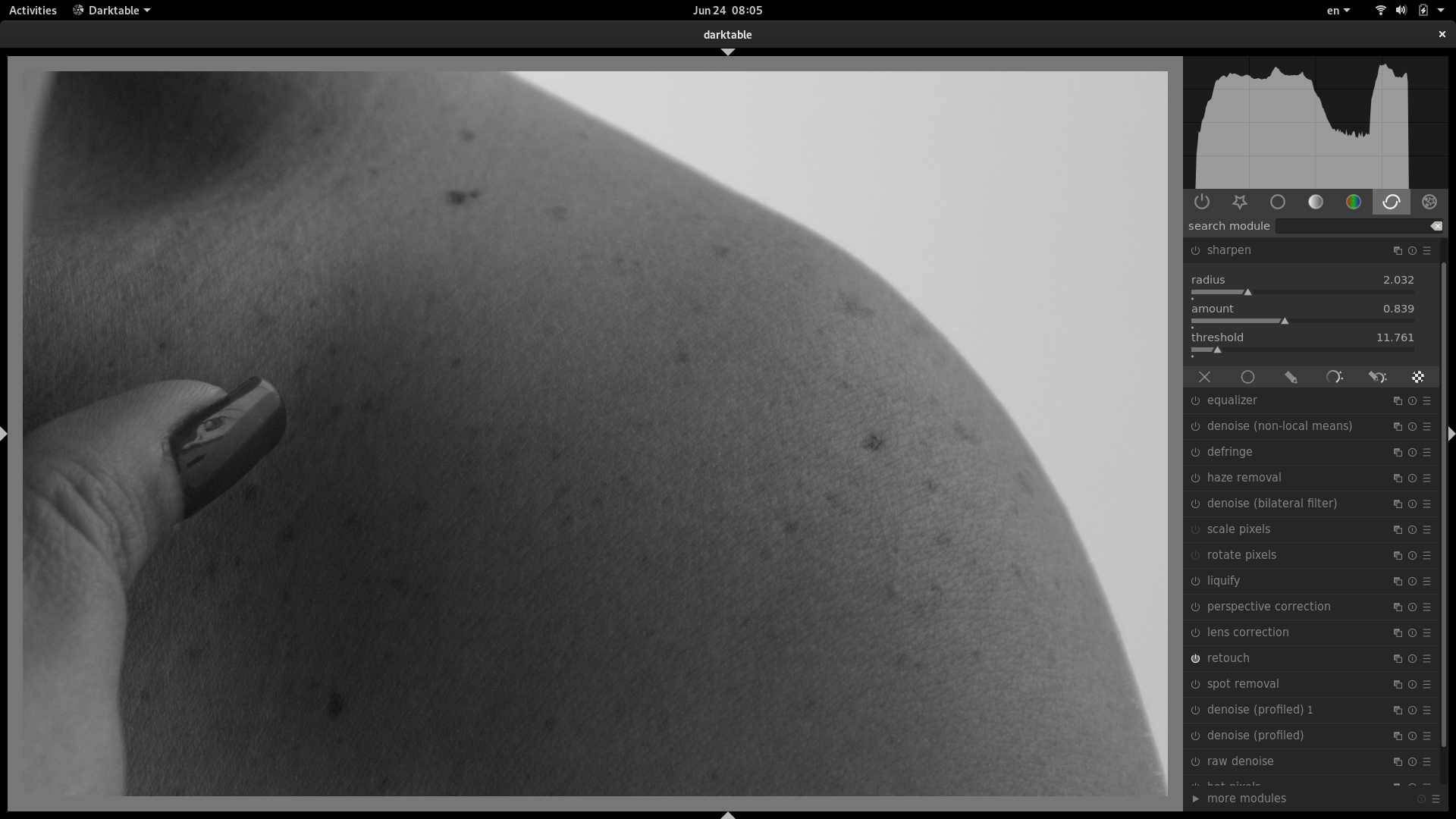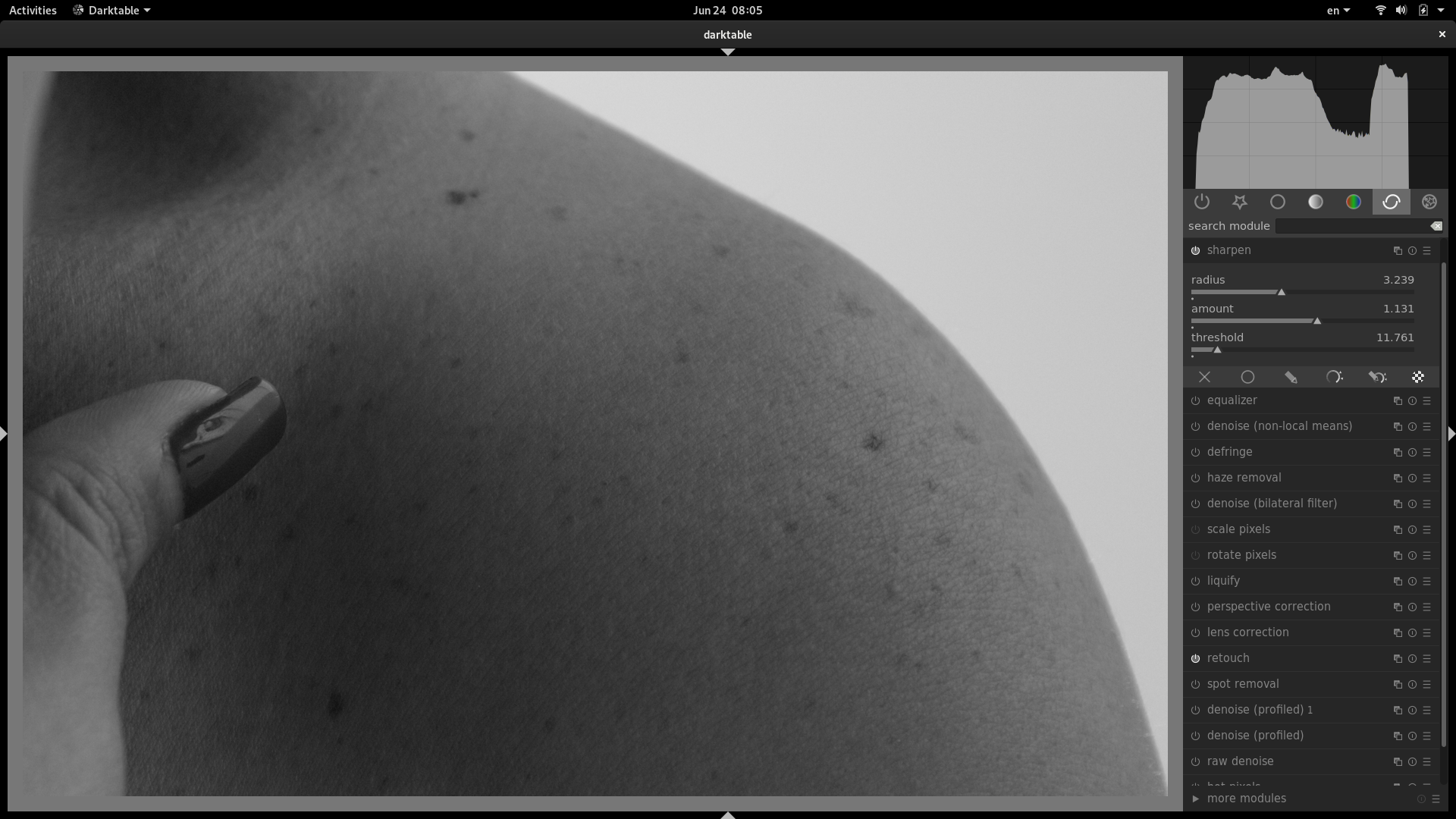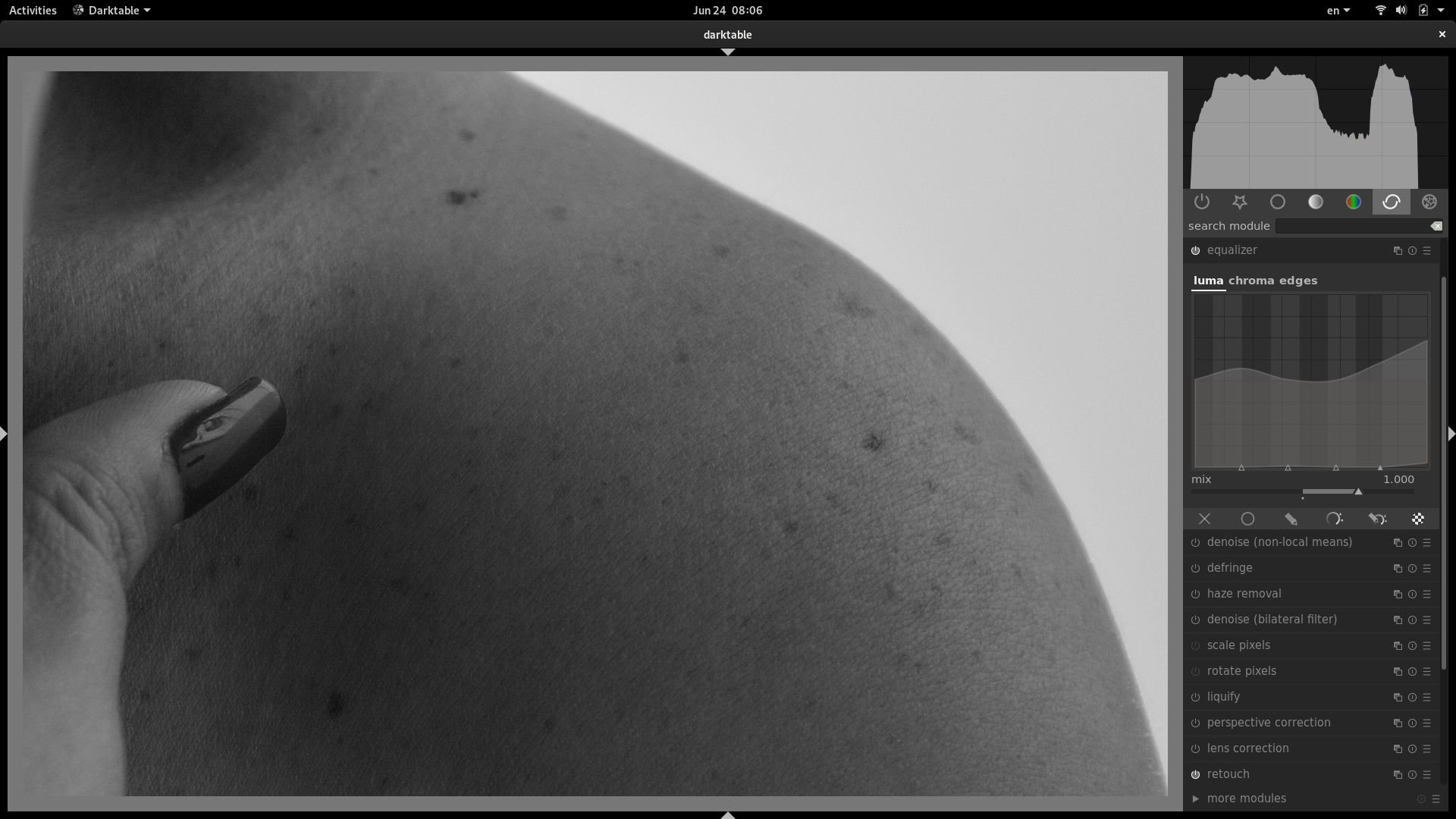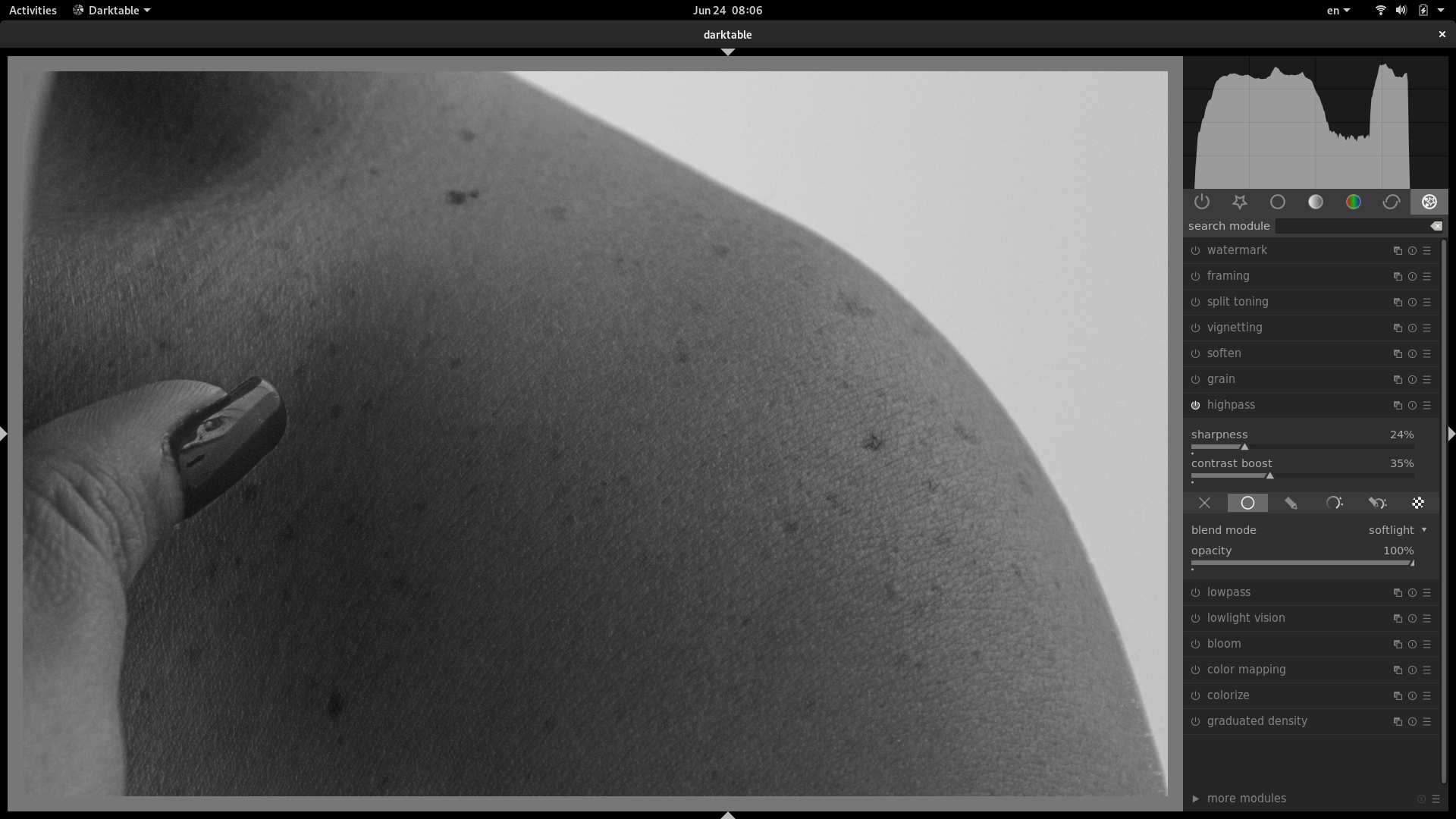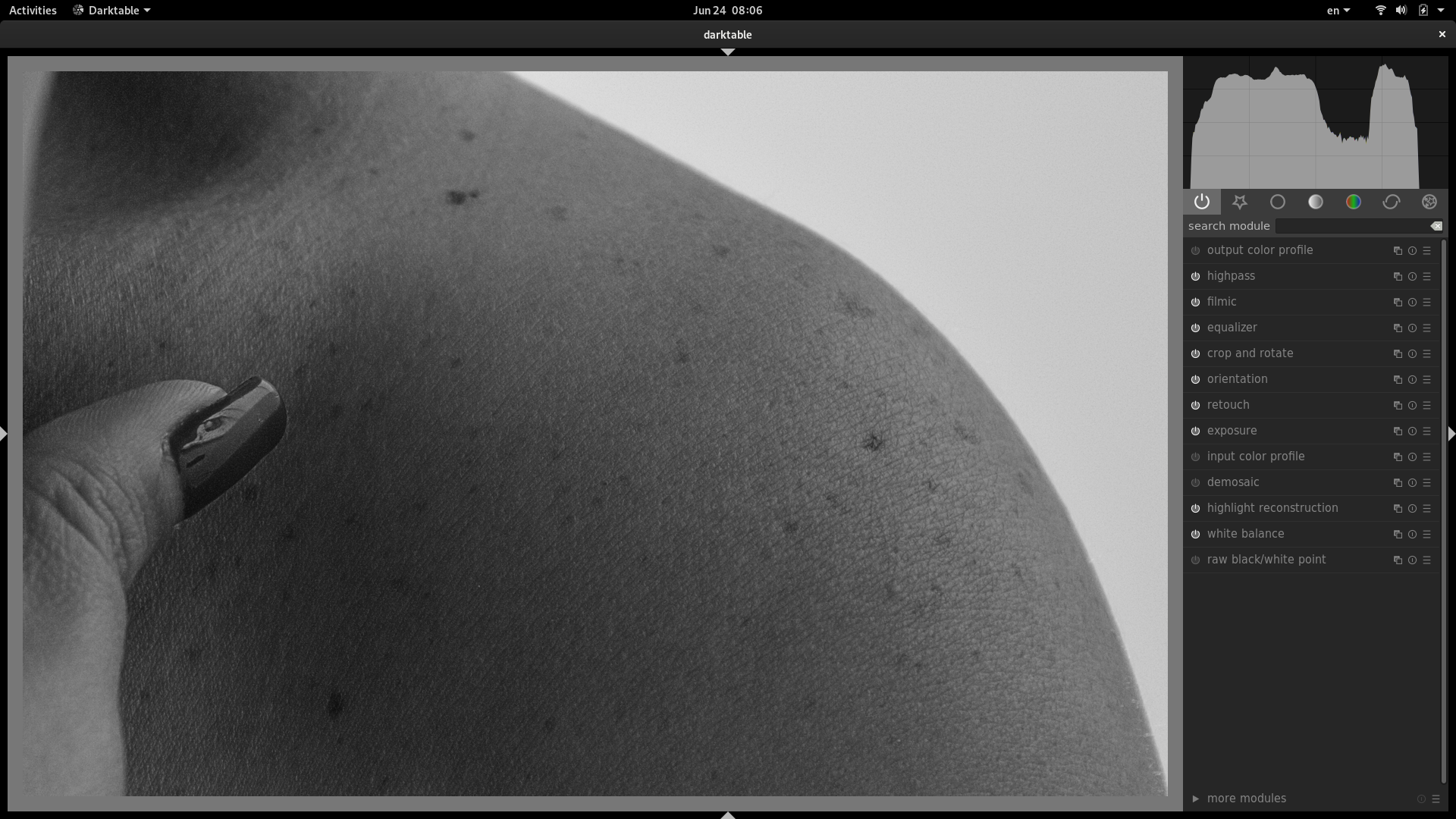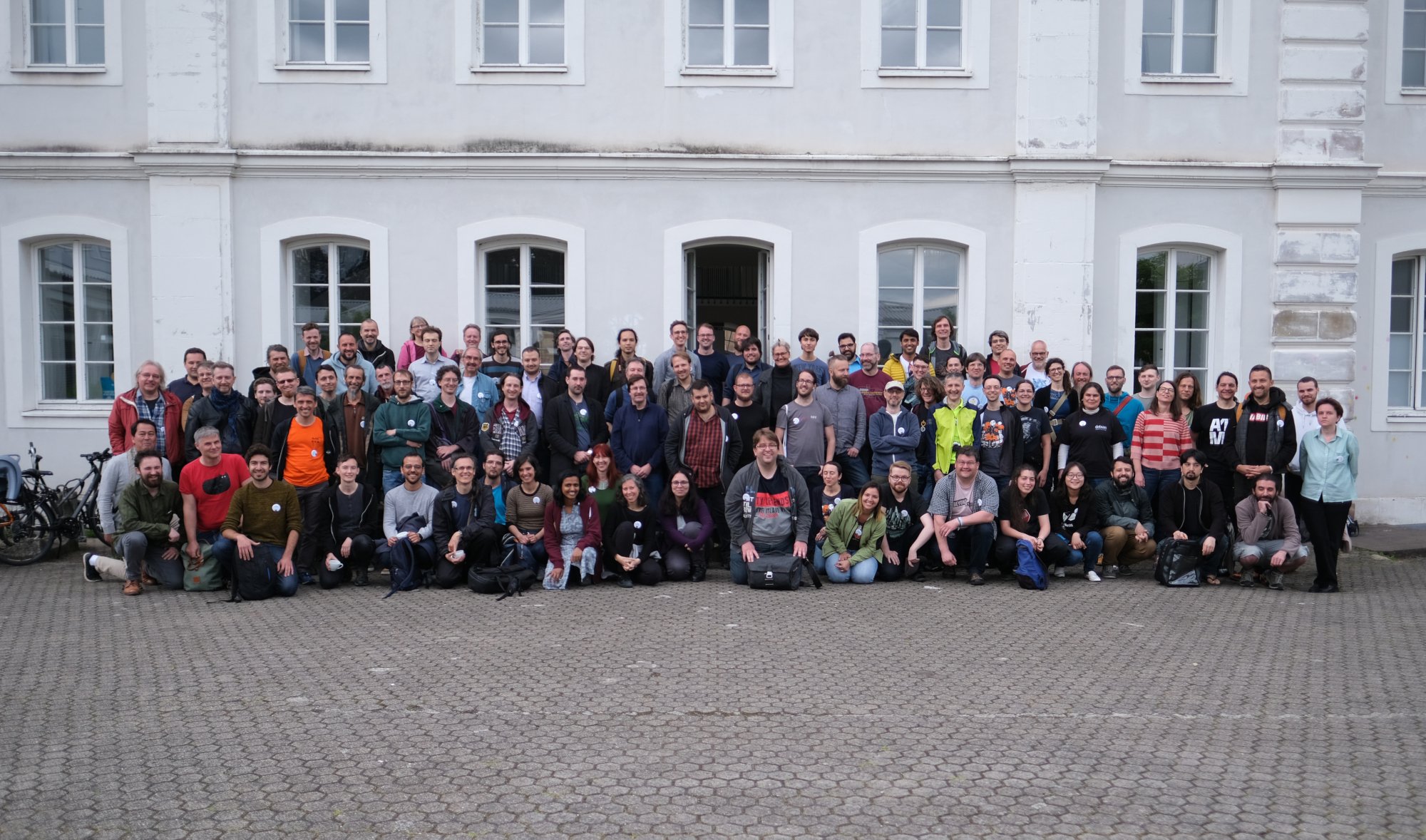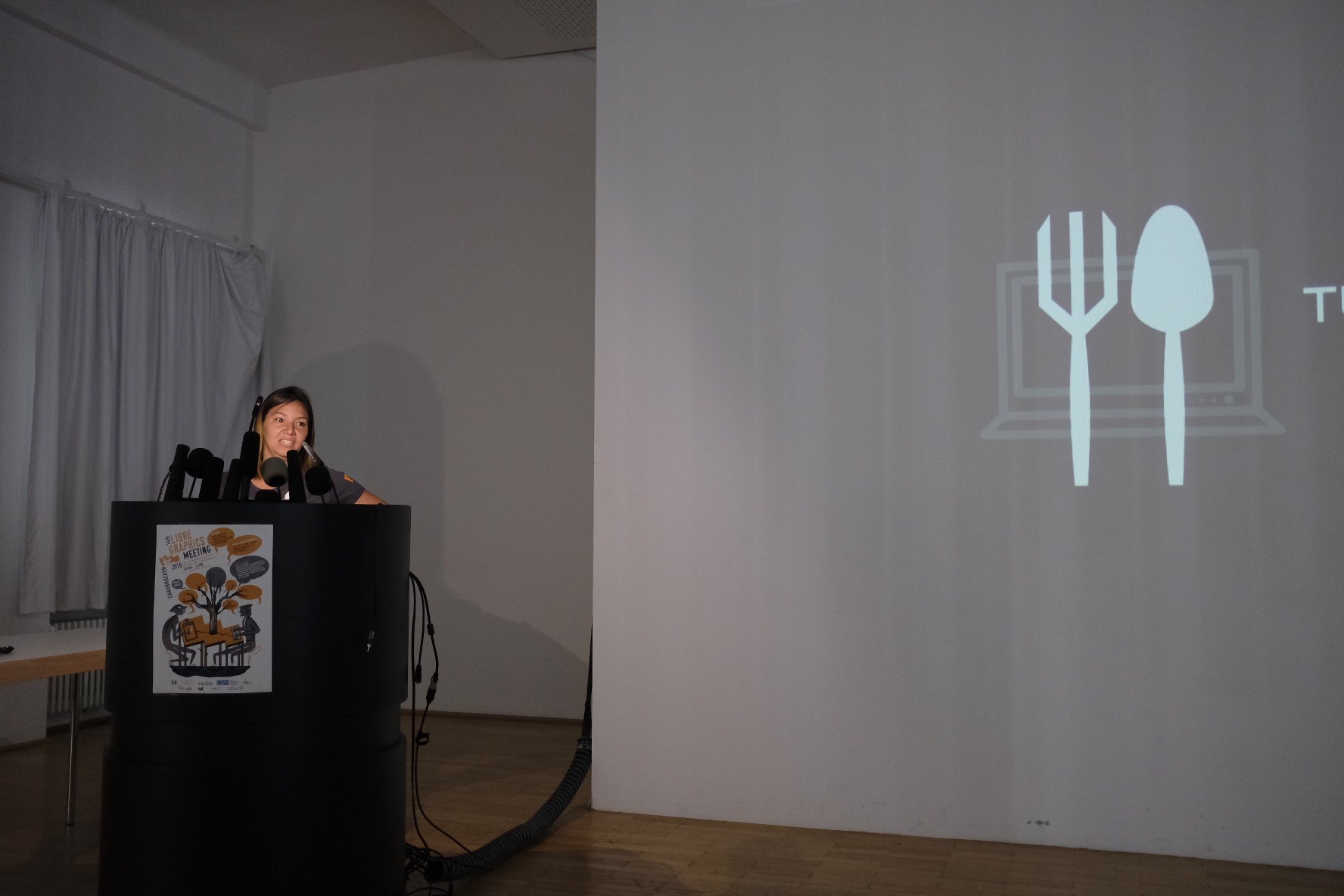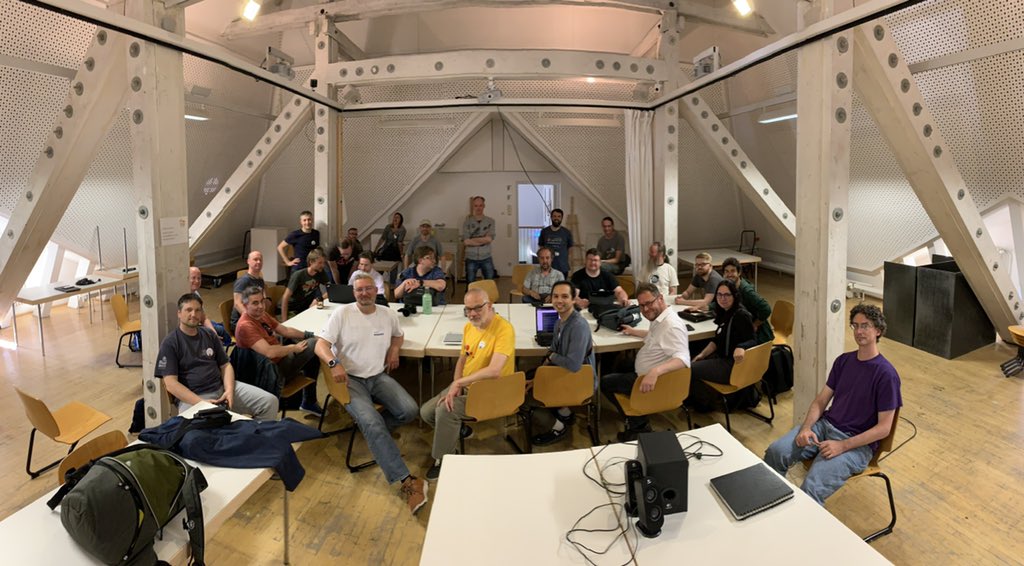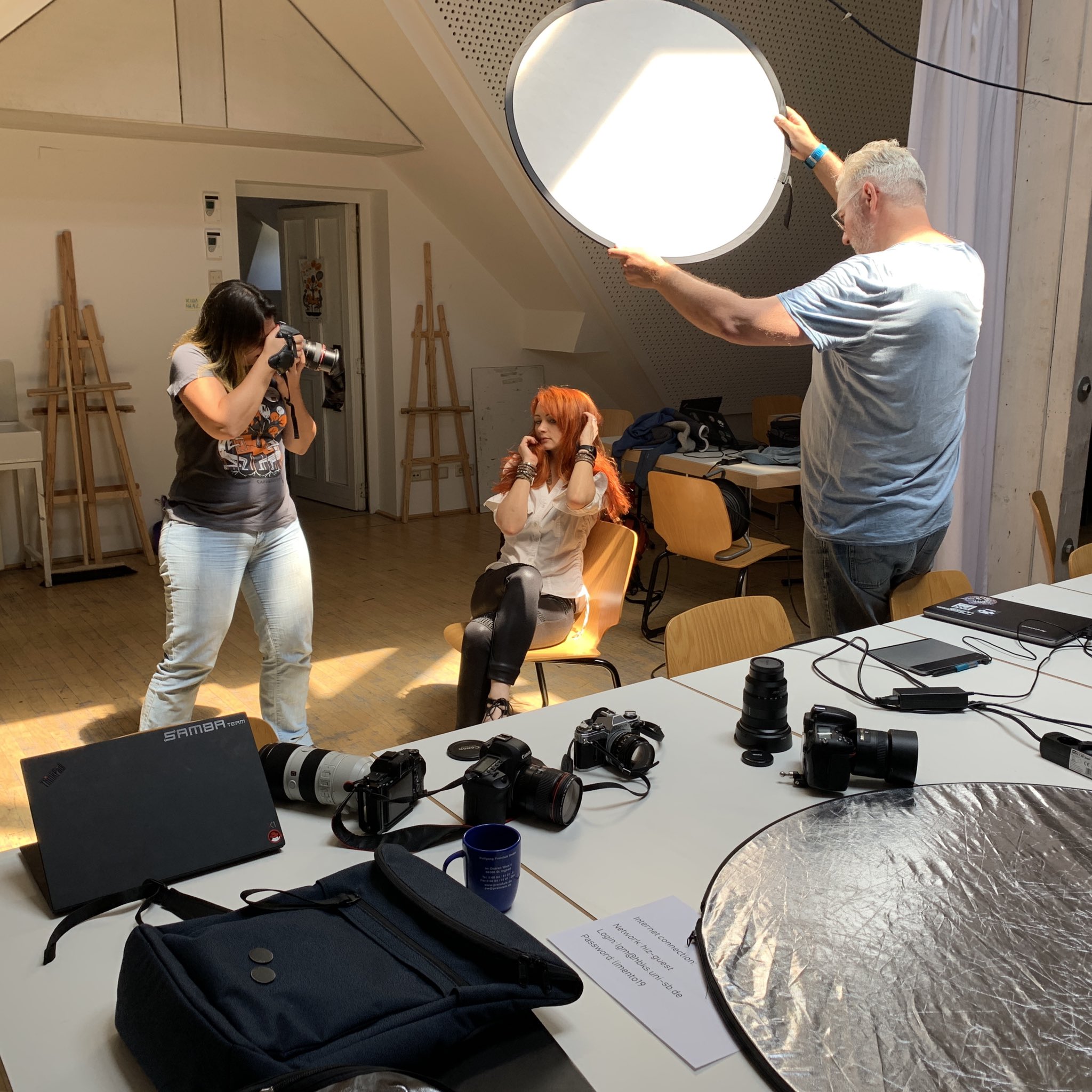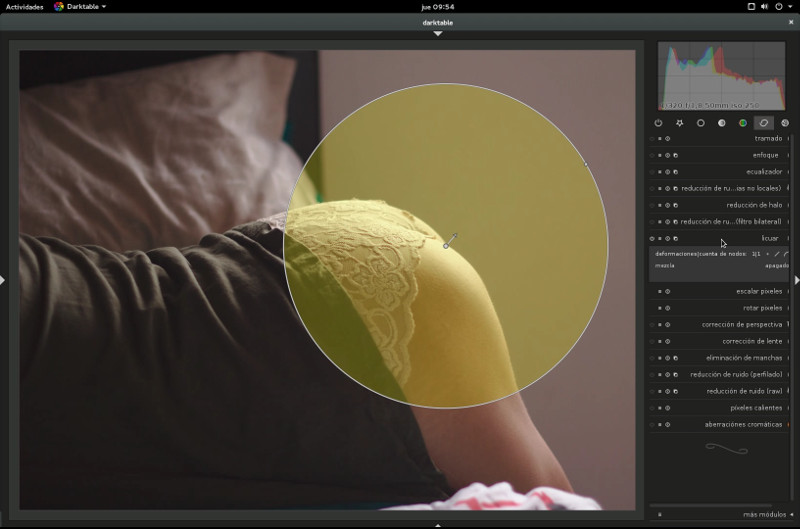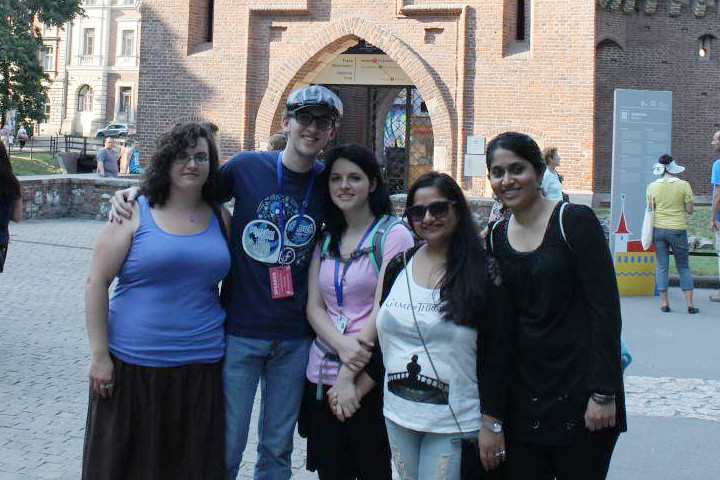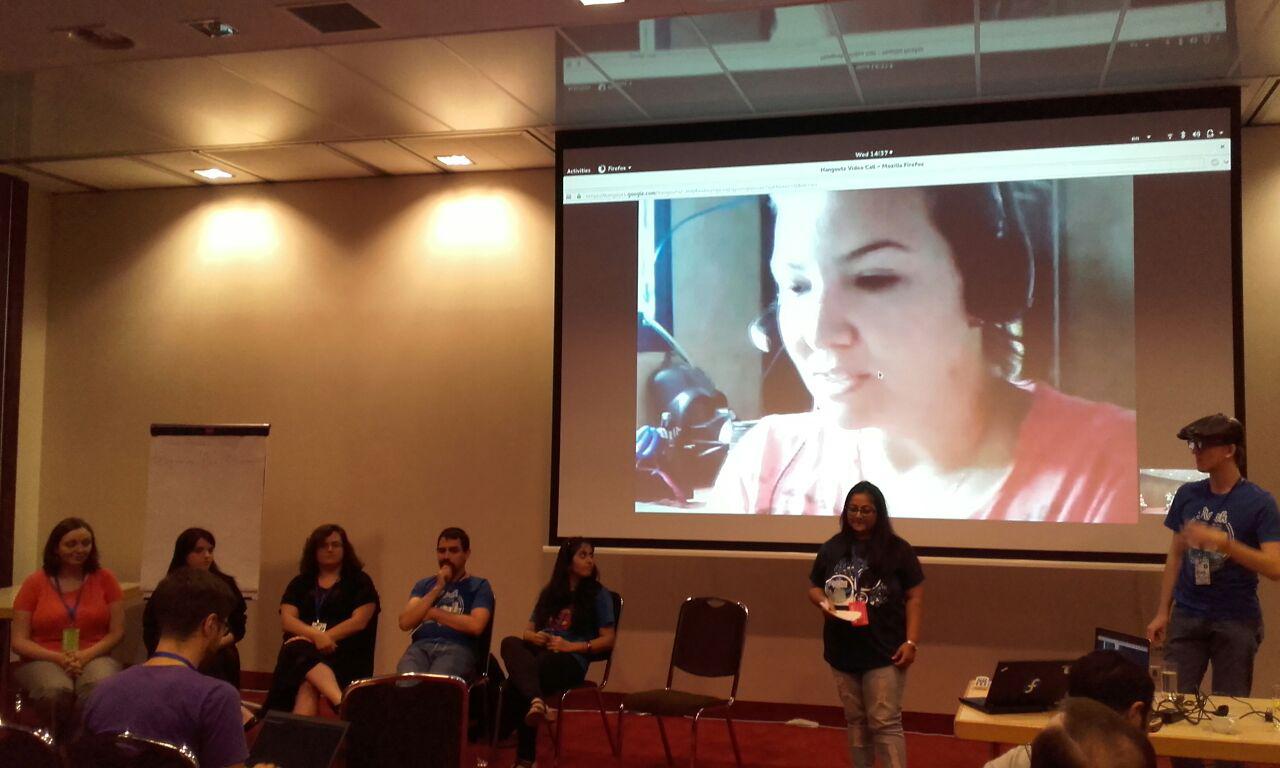There comes a time when you feel that you don’t fit anywhere. Where your ideas, principles, motivation and struggles simply don’t align with anyone else. For years, I felt part of something that was larger than myself, had the motivation to use a huge part of my free time to contribute to projects and in several cases, make personal sacrifices to help others, and even envisioned a future for myself in places where I thought it was impossible.
It’s that struggle trying to find our place in this huge Open Source world what usually ends up in personal meltdown and professional burnout. It’s not a secret that as fast as technologies evolve, the faster we end up being obsolete, unless we dedicate most of our time to keep up to date on every break through.
I’m not the exception to this, and after being an active contributor for almost 15 years, and then have my “time off” to be a full time mom and employee, what happened in the Projects I used to Contribute left me feeling way far from my comfort zone. I’m grateful that most of the places where I’ve contributed has been because people asks for my help, and even after a long absence it was not different from before.
I feel myself struggling between doing what people expect me to do, and what I really would like to do.
My last role at Fedora community was Diversity Advisor, and I expected that role to be a nice opportunity to showcase people inside the community. What they do, how they contribute, how they manage to overcome their challenges and inspire others with their experiences. But then I got pregnant, and after years of personal struggle to have a baby, my priority changed towards my family and had to left behind my contributions. At the end, communities don’t represent an income, so work and family will always come first.
After stabilizing my personal life, enjoy motherhood early days and finish some personal projects, I told myself “it’s time to come back”, and I came to a community I didn’t recognized.
I entered a place where I barely knew anyone, and where most people I already knew were experiencing burn outs, were bored to death or were pissed of with something. I’m a designer, not a programmer, so my area of expertise is marketing and people. I saw many projects die as I was joining back, Ambassadors for example, and I saw this insane need of making everyone accept causes that had nothing to do with Open Source.
I was offered to help with some graphics that nobody noticed and had no usage plan, I was offered a position to inspire people but felt that my mindset was old compared to what people wanted from me, and even was offered a couple of jobs to work full time on my passion, but again, my mindset was probably too old for it. So I took a step back and asked myself, do I truly believe in this and want to spend time getting back?
Answer was a plain No.
I don’t want to fit, because I’ve never have, and the sole idea of giving up on my thoughts just to make things smother goes against everything that makes me be who I am. I’m only interested on join Fedora and other communities because the work they do with software, and receive as much respect as I need from my fellow contributors. That’s it.
I’m a feminist, I come from a really complicated country, I had to learn a different language to communicate with a wider audience, I love to motivate people to find their place inside Open Source projects… but I’m not an advocate of social causes that I don’t affect me directly, not because I don’t care. It might sound heartless, but it’s not.
Being part of a community should focus on the main goal of it, not on its side goals. There’s a lot of people I don’t agree with at Open Source Communities, and people know how passionate my discussions can be when they get to my comfort zone, however, I will always stand by the right of people to not agree with me (unless offenses come to… so understand that if people is a jerk, their disagreements are just chaos).
I also feel uncomfortable that someone makes statements to support mainstream causes that don’t have anything to do with Open Source just because they are popular, but never stood by smaller and less controversial causes. That’s not support, it’s just marketing. My personal causes are mine, and so should everyone be.
So where do I fit in all this cute mess? Well, I believe I fit at the same place I did since day one: Helping people understand how communities work and facilitate them see where they fit in this beautiful environment. I honestly don’t want to spend more of my time being an advocate for initiatives that don’t even apply to my personal situation just because they are all over media, because honestly, nobody gives a damn on the initiatives that I go personally. I don’t care about who’s president on another country than mine, I can’t care about riots at different countries where I struggle with that at my own place, I can’t fight for wages when each country is different…
My battles, both personal and professional, shouldn’t mix with my contributions. One of the things I loved the most about Open Source is that nobody cared who I was, but people only cared about what I did to help and how I behaved while doing it. To my sanity, I would like to keep it that way.
Everyone knows I support diversity, feminism, free of speech, LGBTQIA+… but honestly, what does that has to do with Open Source Software? Isn’t making it accessible to others without restrictions enough? I want to go back to the easier days when all that matter was contributions, and if I’m old and I don’t fit anymore, so be it.
I like to think I’m a creative person, so since I don’t fit anymore, I feel myself like a shining star with no strings and ready to fit myself a new role inside all of this:
I can tell you what I stand for:
- I believe that what we do at Open Source matters and helps countless people around the world.
- I stand for free of speech, as long as you don’t become an asshole and be mature enough to disagree with people without offending them.
- I honestly think that donations, paid support and revenues are needed to let people to continue the Open Source work they do.
- I think there’s a place for absolutely everyone at Open Source, whatever you do.
- I believe nobody becomes obsolete, even if their mindset is not popular.
If you got here reading, my respect! I had ages without posting on my blog because I know somehow it became a place for people to learn, and not to read rants, but it’s mine, and it’s my window to show what it’s really inside my head.
You want to talk to me? Do you want to find your place inside Open Source? You want to argue with me because everything I wrote here disagrees with you? Do you want to hire me to be your coach and pay me with coffee or money? Do you need a design for an Open Source initiative? Go for it….
This post has a nicer formatting that can be seen at it's original source at tatica.org , so feel free to hit the link and read better version!
